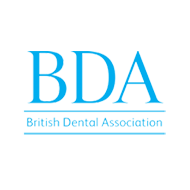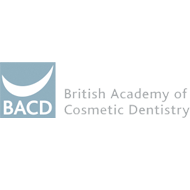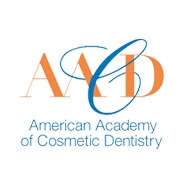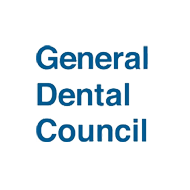Toothbrushing is carried out to remove the sticky bacteria that form a harmful film on the teeth (dental plaque). These bacteria cause gum disease which is the most common disease in the World. The bacteria also act on sticky sweet foods forming acid that causes tooth decay.
When buying a toothbrush choose a small-headed medium strength brush that has a comfortable handle to grip. It needs to be replaced about every three months.
Electric brushes
There are many types available, some have timers, others are battery operated, and some are mains operated. Small-headed ones are better for small mouths. They are very efficient at cleaning if used correctly and are good for people who have a problem with dexterity. Electric brushes should be used following the manufacturer�s instructions.
How to use your toothbrush
Place the toothbrush head where the tooth meets the gum so that the bristles are just in the cuff of gum around the tooth. Start at one side of the mouth and carefully brush round to the next side using small gentle back and forth strokes. Do not scrub hard, as this will damage the teeth and gums. Use this technique on the outer surfaces near the cheeks and on the inner, surfaces near the tongue and around the palate. Finish by brushing the chewing surfaces. Brushing while looking in the mirror will help to check that none of the teeth are missed. Brushing correctly should take about two minutes.
An alternative method is to first move the lower jaw until the teeth are in edge-to-edge contact and brush all the outside surfaces of the teeth and gums gently and thoroughly with a circular motion. Next open the mouth and do the same to the inside surfaces of the top teeth and the surfaces of the lower teeth next to the tongue. Finally brush all the biting surfaces and rinse the mouth out to clear away the debris.
There are many different brands of toothpaste in the shops and nearly all of them contain fluoride. Fluoride is very important because it strengthens the teeth against decay. There are also toothpastes that help with sensitive teeth when eating something hot or cold and others that work against the harmful bacteria. Only a pea size amount of paste is necessary as too much may cause a lot of foaming.
Although brushing removes most of the dental plaque there is usually some left between the teeth where the brush does not reach. It is very important to use another product to remove all the plaque. There are specially designed brushes for cleaning between the teeth that look like small bottle brushes. They come in different widths so that they fill the spaces between your teeth.
They should be pushed gently back and forth between the teeth next to the gum. They should never be forced through, as this will damage the teeth. There are also brushes that have a single tuft and these are useful to clean around crowded teeth and orthodontic appliances (braces).
Dental floss is a special thread that is used for cleaning in-between the teeth. The floss comes in different widths and most people find the thicker floss (tape) easier to use. Take about 50cm of floss and wrap it around the second finger of each hand leaving a small piece to work with. Using your thumb and index finger, pass the floss between the teeth and hold it in a ‘c’ shape round the tooth. Gently move it up and down, wiping off the plaque. Repeat this between each tooth using a fresh piece of floss by winding it on round your fingers. As with brushing, it is very helpful to watch your technique in a mirror to ensure you do not cause any damage to the gums. Flossing is a difficult technique and with all mouth care it is a good idea to ask for guidance from a dentist or dental hygienist. It is important to visit the dentist regularly to check that the mouth is healthy and so that any problems can be dealt with before they become serious.








